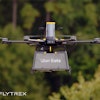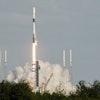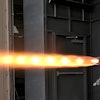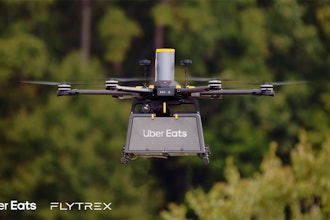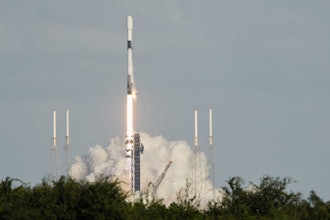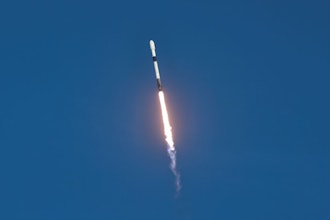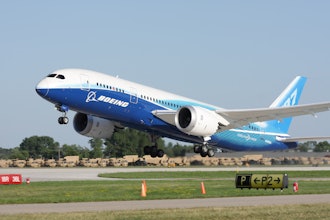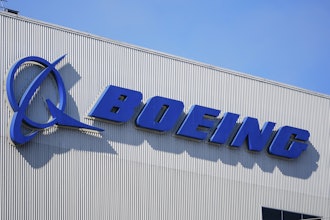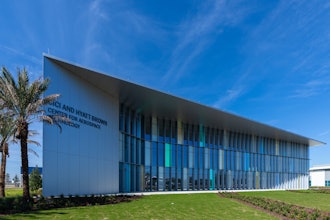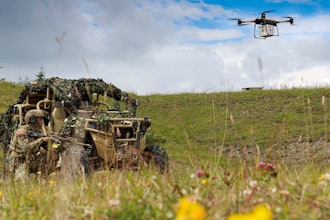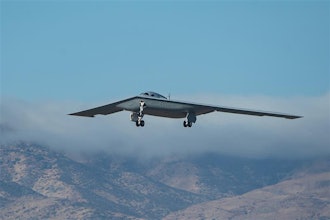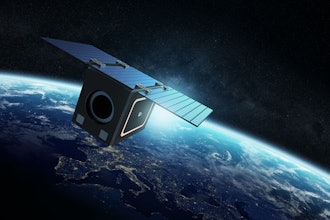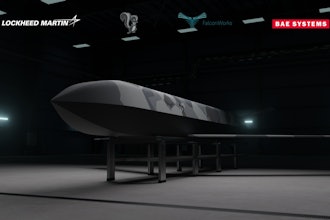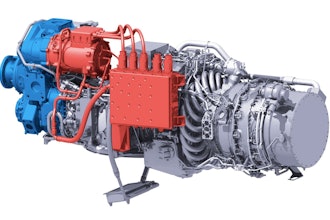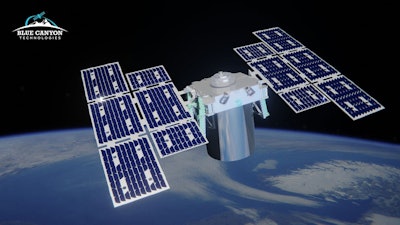
LAFAYETTE, Colo. - Blue Canyon Technologies, small satellite manufacturer and mission services provider for RTX, has unveiled its latest spacecraft bus, the Saturn-400. This new, larger satellite offers flexibility and reliability to help customers achieve their mission objectives more effectively.
The Saturn-400 spacecraft offers increased payload capacity, allowing for more instruments and larger sensors for complex missions—up to 600 kg—depending on the launch vehicle. It's also the company's first satellite to offer an optional built-in attitude control system, known as a control moment gyroscope, which enhances its agility and stability.
Chris Winslett, general manager of Blue Canyon Technologies, said, "Our advanced control moment gyroscope technology is a key differentiator for Blue Canyon, and is now available in a turnkey spacecraft. The Saturn-400 shares commonality with many BCT products, all of which leverage the same modular software. This approach enhances efficiency and lowers program risk, enabling customers to meet mission needs more quickly and affordably."
As an alternative to the integrated control moment gyroscope, the Saturn-400 offers three reaction wheel options: Blue Canyon's RW4, RW8, and the larger RW16. Reaction wheels use motor-driven flywheels for attitude control, while CMGs use a spinning rotor and motorized gimbals. Both options provide precise, low-jitter agility, allowing customers to optimize performance based on their mission needs and budget.
The Saturn-400 has rideshare capability while offering higher power and volume scaling through larger solar arrays and scalable power subsystems up to two kilowatts.
Since the company's inception, Blue Canyon has launched 83 small satellites and more than 2,700 components in support of successful missions in dynamic environments and in multiple orbital classifications, including interplanetary journeys.

